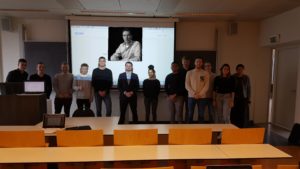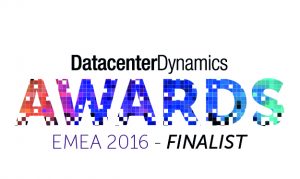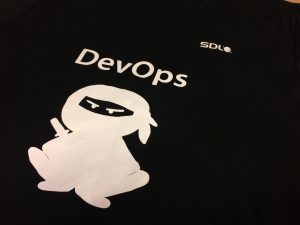Lower software dev cost? No!
The software development landscape is on the cusp of a revolution. Large Language Models (LLMs) promise to streamline workflows, automate repetitive tasks, and even generate code. This translates to exciting possibilities: cheaper development and faster time-to- market, as seen in the recent advancements showcased at Microsoft Build 2024’s keynote this week. GitHub Copilot and Copilot Workspace are prime examples of how LLMs are being leveraged to empower developers.
But here’s the Jevons Paradox lurking in the shadows, and its impact might be even more significant with LLMs. Remember the paradox? As coal became cheaper and more abundant, its use skyrocketed, ultimately leading to a greater (not smaller!) energy demand.
Imagine applying this to software. With LLMs lowering the barrier to entry, custom solutions become not just possible, but expected. Think niche functionalities tailored to individual workflows, features that were previously cost-prohibitive.
Jevons on Steroids: Here’s where LLMs amplify the effect. Because LLMs can adapt and learn at an incredible pace, user expectations will likely accelerate. They’ll not only demand custom solutions, but also expect them to evolve rapidly alongside their changing needs.
The Challenge: Keeping Up with a Moving Target
* Customers demanding more: Lower costs will fuel the fire for rapidly adaptable features, including options for niche functionalities specific to individual workflows.
* The pressure to keep up: This surge in demand will necessitate continuous investment in LLM training data, development tools, and most importantly, upskilling our workforce. Developers will need to learn to effectively utilize and guide LLMs to meet these ever-evolving needs. Stagnation means losing customers to competitors who can adapt faster.
LLMs will undoubtedly make development more efficient. And it will be cheaper as directly compared to the current speed of execution and customer expectations. But the key takeaway is this: the cost savings won’t be a one-time win. To thrive in this new paradigm, we need to embrace a culture of continuous improvement and invest in keeping our LLM-powered development tools on the cutting edge, alongside a skilled workforce ready to leverage their power.





